Saffron spice, sometimes known as the “golden spice,” is a pricey and highly sought-after item that has for millennia captivated the interest of cultures all over the world. Saffron has a special place in culinary customs, rituals, and even historical legends because of its vivid color, distinctive flavor, and possible health advantages.
This blog will examine the fascinating history, production method, culinary use, and potential health advantages of saffron.
A Glimpse into History:
The history of saffron spice dates back a great number of years. From its beginnings in prehistoric Persia (modern-day Iran) through its global spread, saffron has been praised for its special properties by many cultures. We will look into the saffron’s historical significance, including its usage in religious rituals, as a mark of wealth and status, and as a highly sought-after commerce item.
Introduction:
Crocus sativus, also referred to as the saffron crocus, is a flowering plant that produces the highly coveted and aromatic spice known as saffron. It is renowned for both its distinctive flavor and its vivid red-orange hue. Iran is the world’s greatest producer of saffron spice, while it is grown in many other places as well.
The stigmas from the crocus blossoms must be carefully removed in order to harvest the spice by hand. The spice is made by drying these fragile stigmas, also referred to as saffron threads or strands. Saffron is one of the most costly spices in the world because of how labor- and time-intensive it is to produce.
Since ancient times, saffron has been utilized in cuisine, traditional medicine, and even religious ceremonies. It imparts a distinctive and potent flavor to foods that is distinguished by flowery, slightly sweet, and earthy overtones. Mediterranean, Middle Eastern, Indian, and Spanish cuisines all use saffron as an essential element.
Saffron is thought to have therapeutic benefits in addition to its culinary use. It has ingredients including crocin, crocetin, and safranal, which have anti-inflammatory, antioxidant, and maybe mood-enhancing properties. Saffron spice has been investigated for its possible advantages in a number of areas, including boosting satiety, supporting eye health, and perhaps acting as an anticancer agent. However, more investigation is required to properly comprehend and validate these prospective health advantages.
To unleash its flavors and color when using saffron in food, it is often soaked in heated liquids like milk, broth, or water. Desserts, soups, sauces, rice dishes like paella and biryani, as well as other foods like desserts, can all use it.
Harvesting and Cultivation:
Knowing the complex steps involved in saffron spice production helps explain why it is one of the most costly spices in the world. We will look at the delicate saffron crocus flower, the precise drying and processing procedures needed to preserve the flavor and scent, and the hand-picking procedure for the priceless saffron threads.
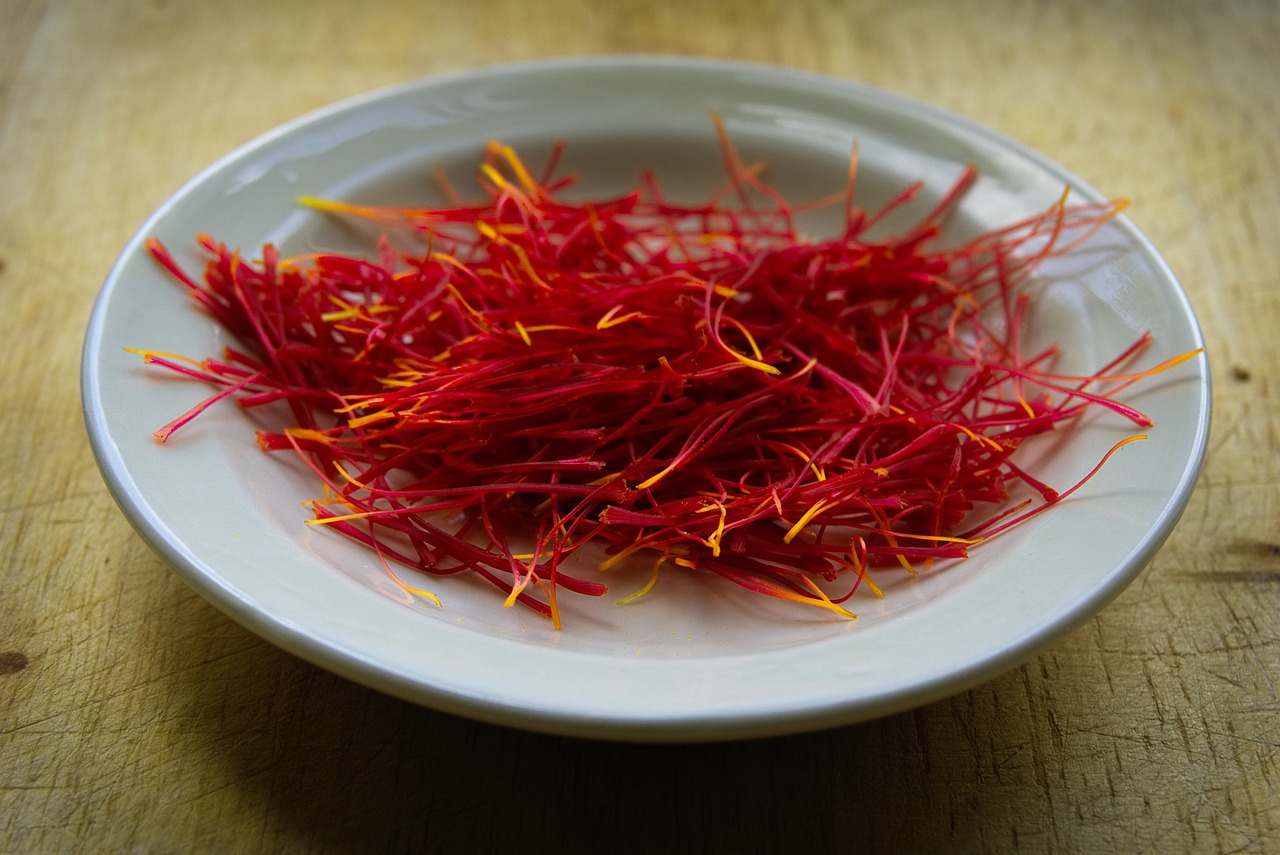
Investigating Flavour and Aroma:
The unique flavor and fragrances of saffron are what set it apart as a culinary component. We will talk about the earthy, flowery, and somewhat sweet flavors that saffron adds to food, as well as how it may enhance the flavors of both savory and sweet foods. We’ll also talk about how saffron should be used sparingly owing to its strong effects.
Applications in the Culinary Field:
Due to saffron’s adaptability in the kitchen, it can be used in a variety of culinary contexts. We will explore traditional saffron-infused foods from many cuisines, such as Middle Eastern pastries, Persian saffron rice, Indian biryani, and Spanish paella. We’ll also offer advice on how to correctly use saffron into dishes to bring out the best of its flavor and color.
Saffron Selection and Storage
It is essential to choose and preserve saffron correctly if you want to completely appreciate its benefits. We’ll offer advice on how to select high-quality saffron, how to spot fake or contaminated varieties, and how to store it properly to preserve its potency and freshness.
Saffron’s Health Potential:
Saffron spice has been investigated for its potential health advantages in addition to its culinary usage. We’ll look at the presence of saffron-related chemicals like crocin, crocetin, and safranal, which have been linked to anti-inflammatory, antioxidant, and maybe mood-enhancing properties.
Saffron has also demonstrated promise in promoting mental health and mood. According to research, saffron may have antidepressant qualities and be useful in treating the signs of mild to moderate depression. It is thought to raise the levels of several neurotransmitters, like serotonin, which are involved in mood regulation.
Additionally, saffron might be advantageous for eye health. It contains carotenoids, such as crocin, which are linked to maintaining vision and defending the retina. Saffron supplementation may enhance vision and lower the risk of age-related macular degeneration, according to studies.
Conclusion:
Saffron is a genuinely amazing spice because of its lengthy history, vivid color, distinctive flavor, and possible health advantages. Saffron never ceases to enthrall and inspire, whether it is utilized in culinary marvels, cultural ceremonies, or natural medicines. We may fully enjoy the beauty and charm of saffron as it continues to enhance our lives and tantalize our senses by being aware of its origins, cultivation method, culinary uses, and potential health advantages.
We have thoroughly examined the fascinating world of saffron in this extensive blog, from its historical significance to its culinary and health benefits. We may uncover the flavors and smells of saffron spice by using it in our cooking, which will raise the bar for our culinary creations. We can also explore the intriguing potential of this golden spice by embracing its possible health advantages.
Saffron has amazing potential for enhancing health and happiness. It is an alluring spice with possible therapeutic benefits because to its antioxidant qualities, anti-inflammatory actions, and possibly mood-enhancing properties. However, it’s crucial to use saffron as part of a healthy diet and lifestyle. You should also speak with a healthcare provider for specific advice and direction.
Saffron should always be used with care and should only come from reliable sources to assure its authenticity and high quality. So start your culinary adventure with saffron and let its eye-catching hue and exotic flavor whisk you away to a world of pleasure and delight.





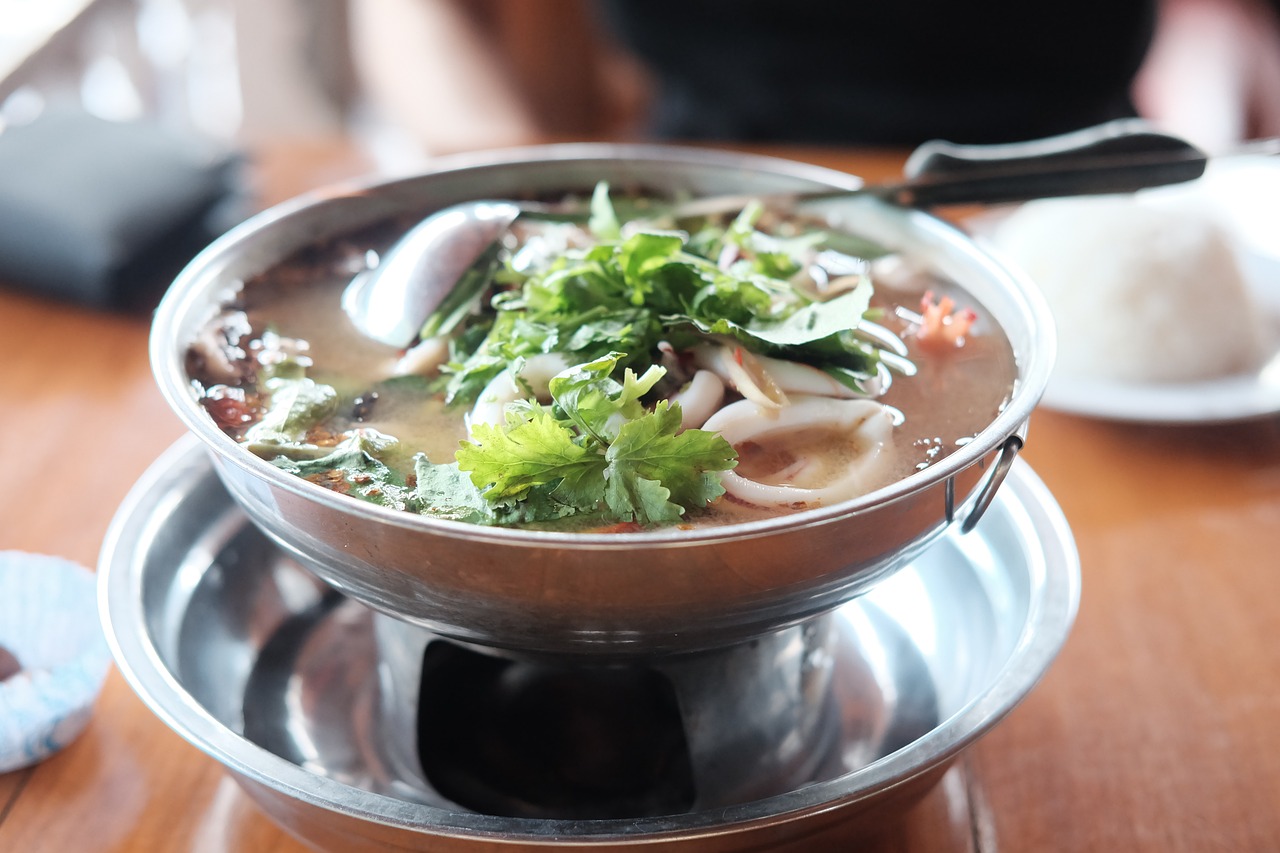
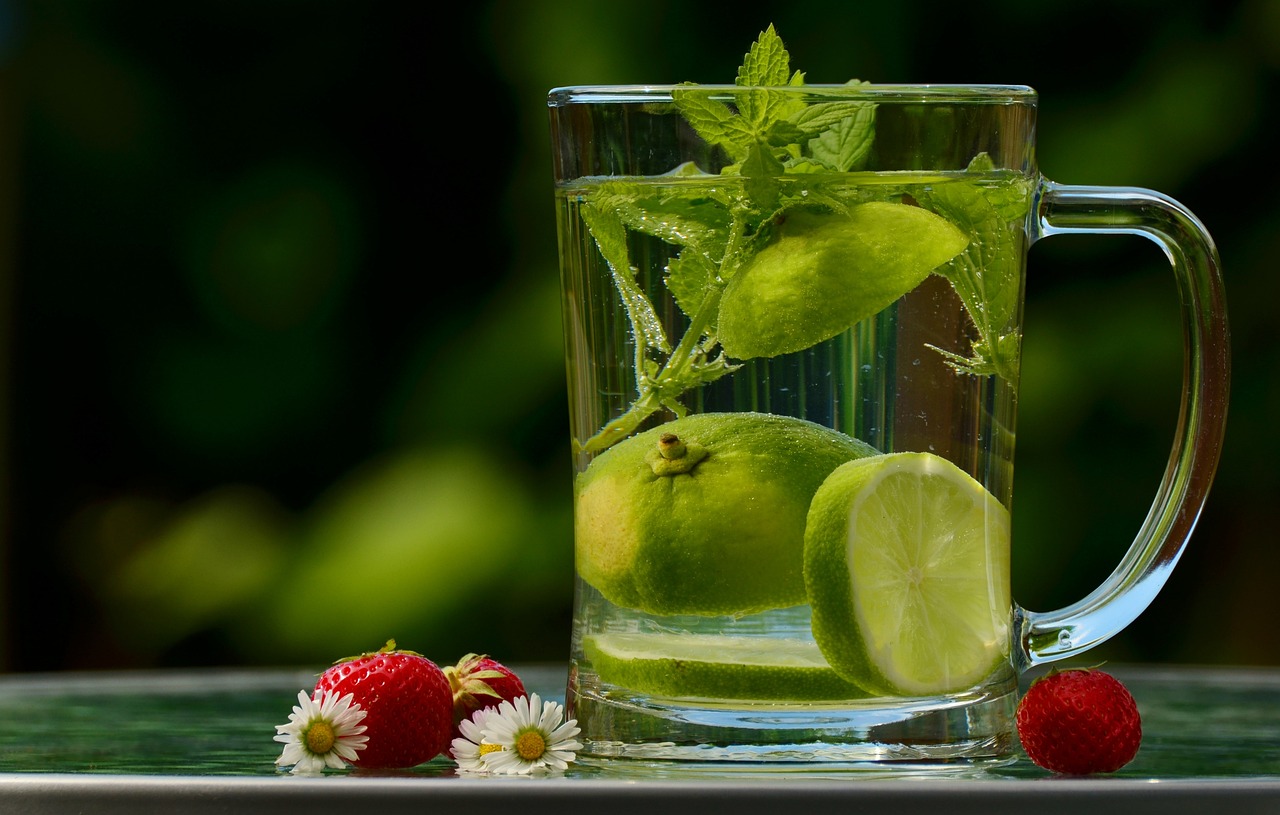

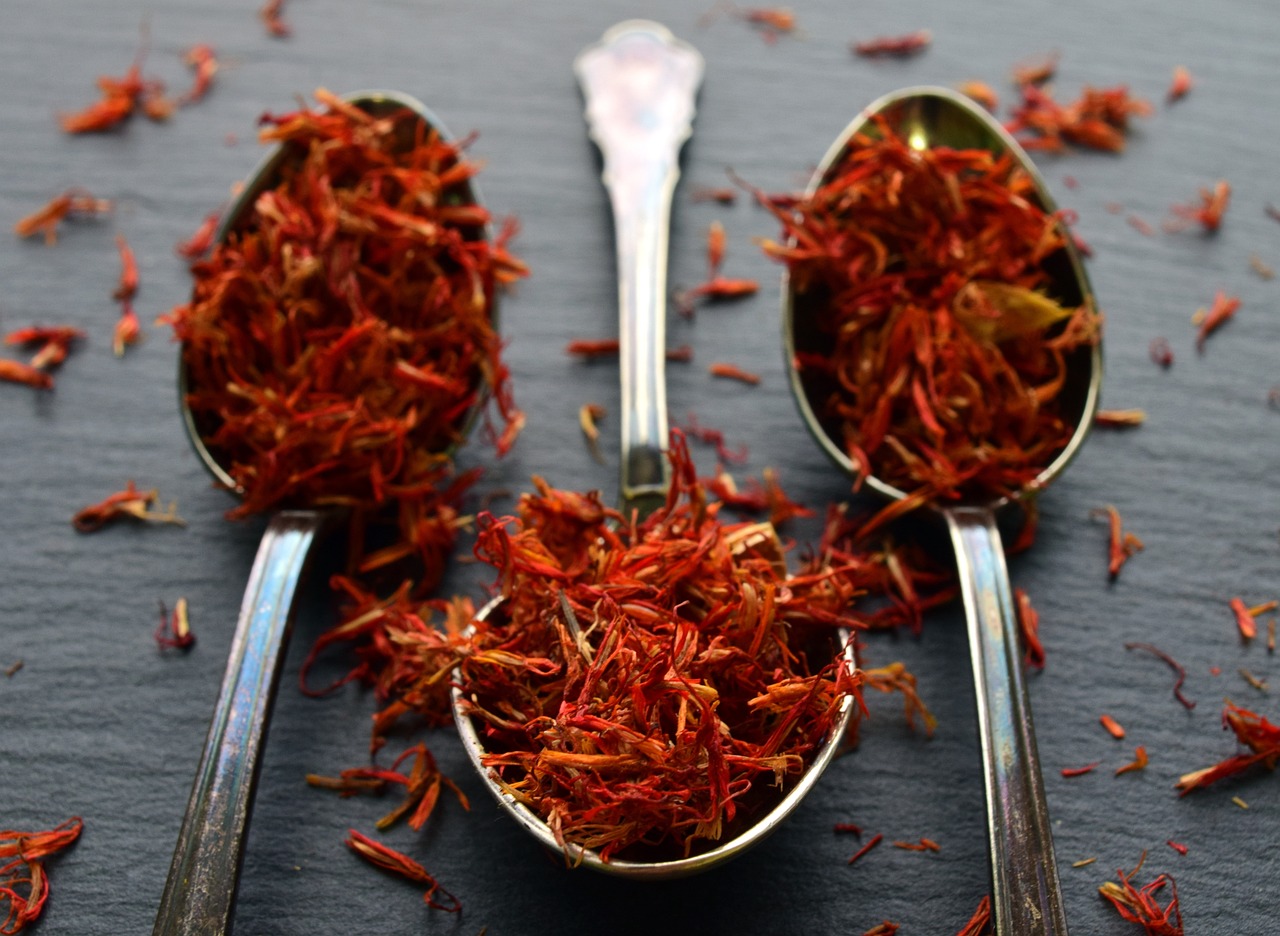
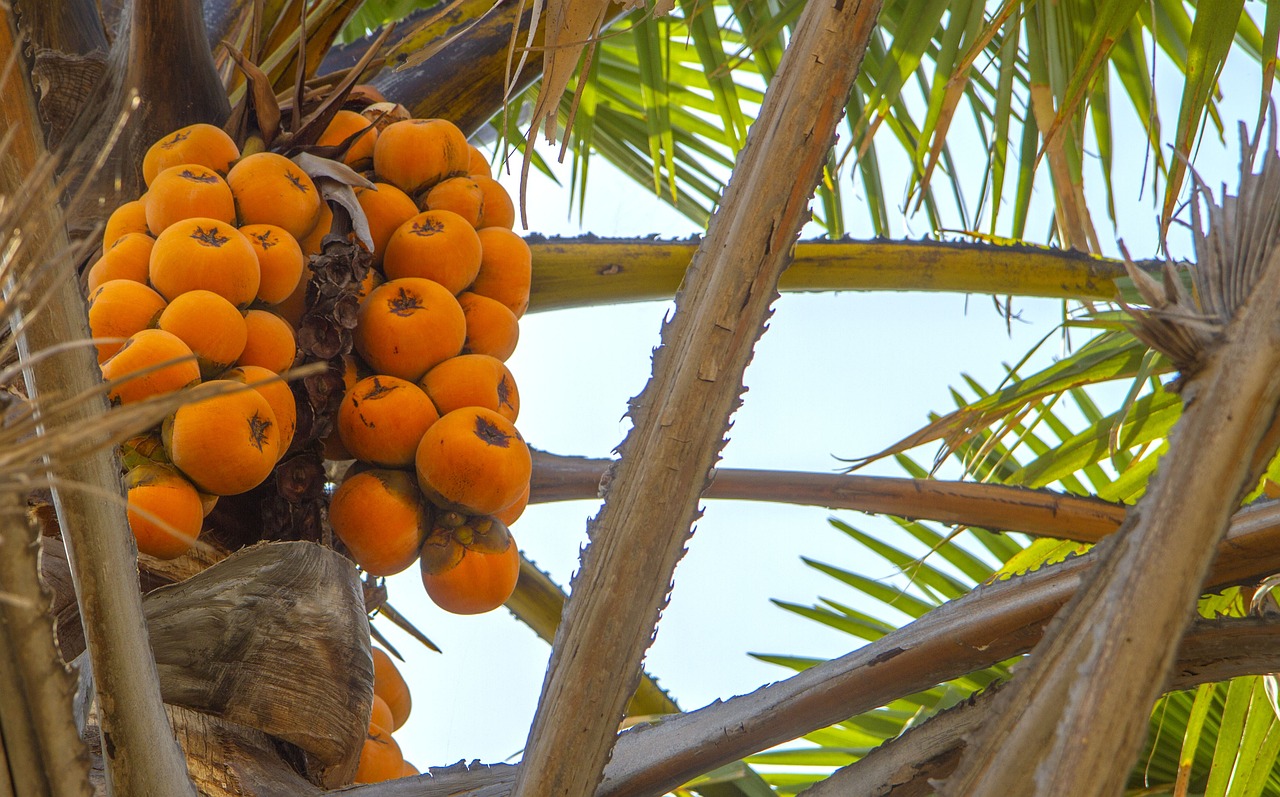
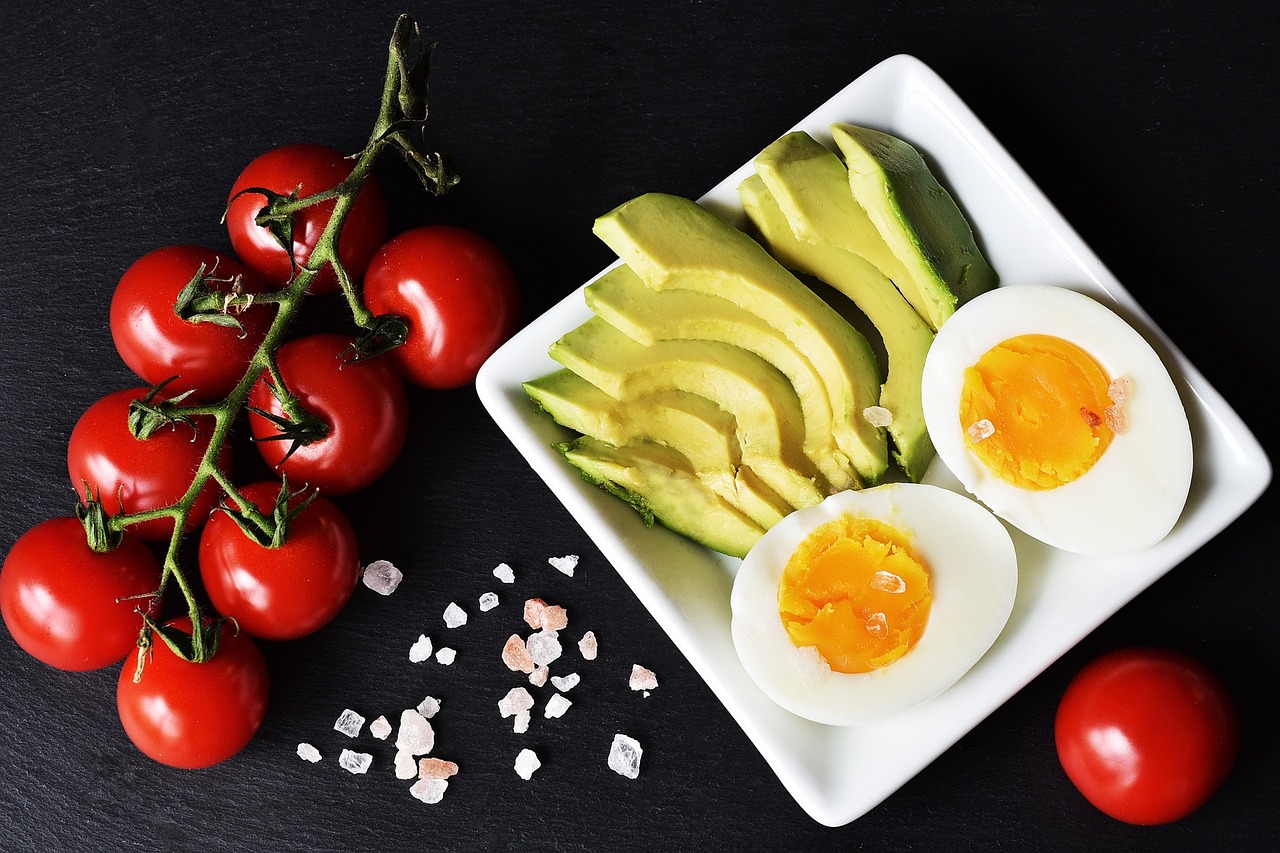


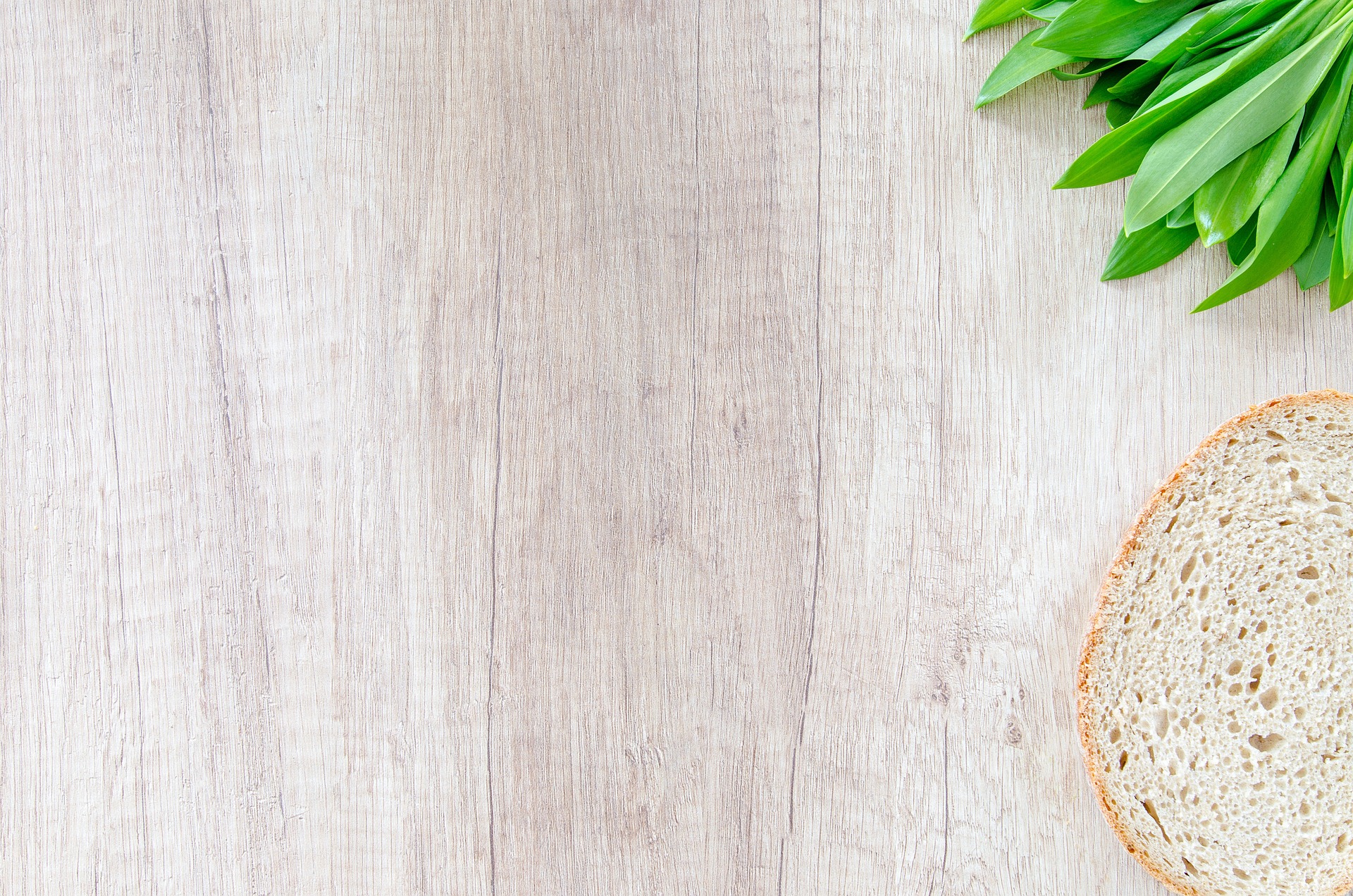
Leave a Reply
View Comments